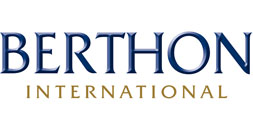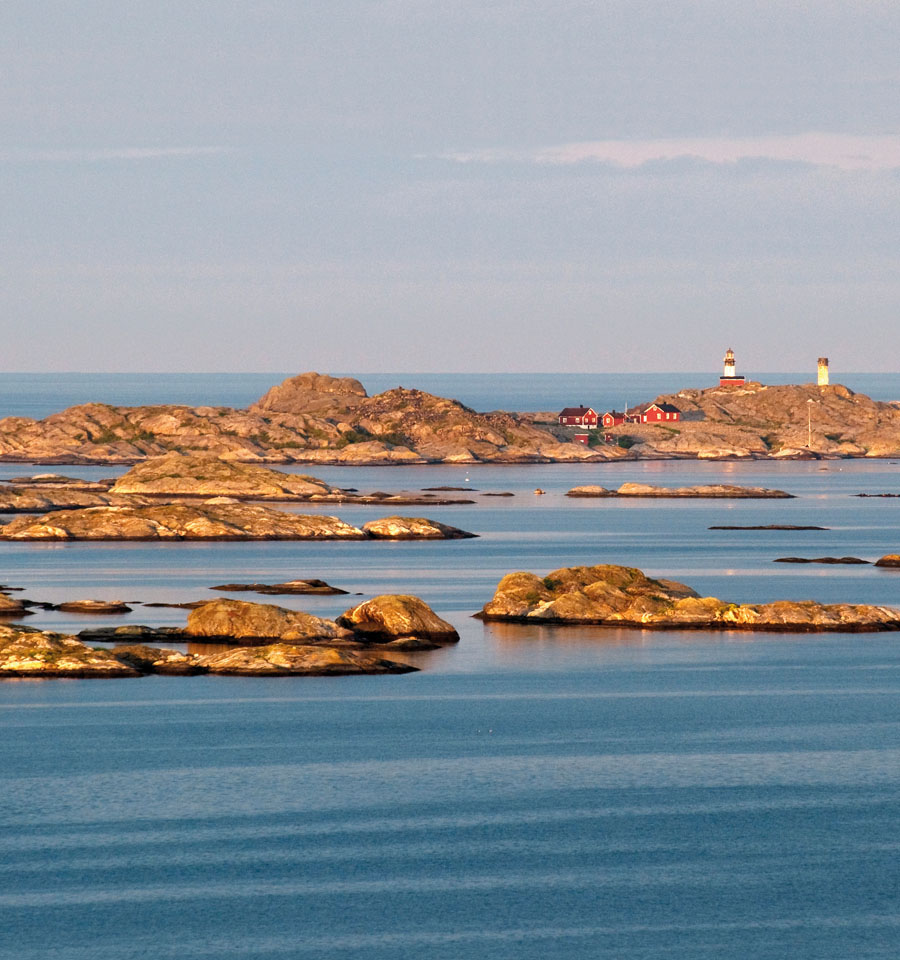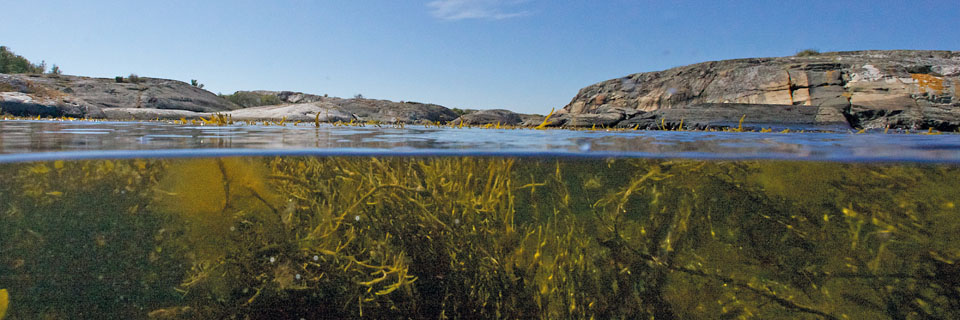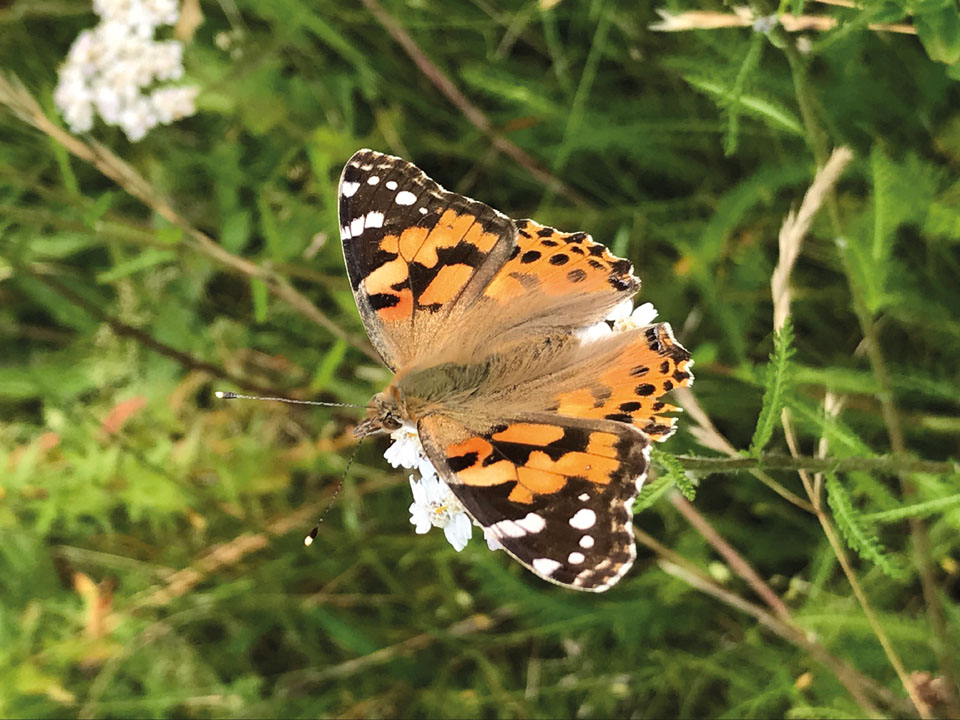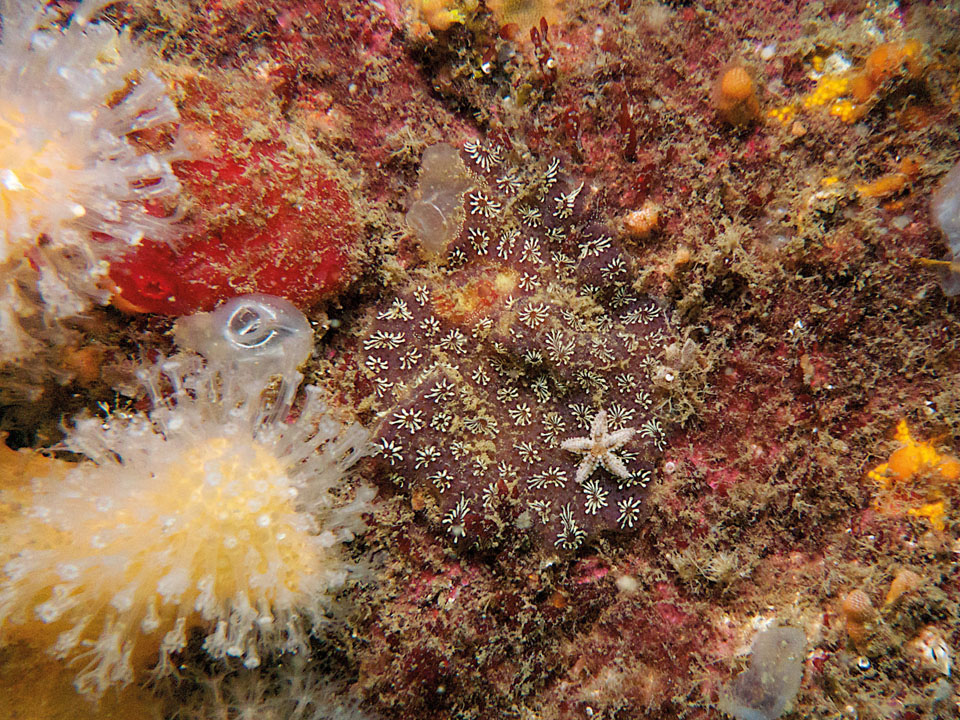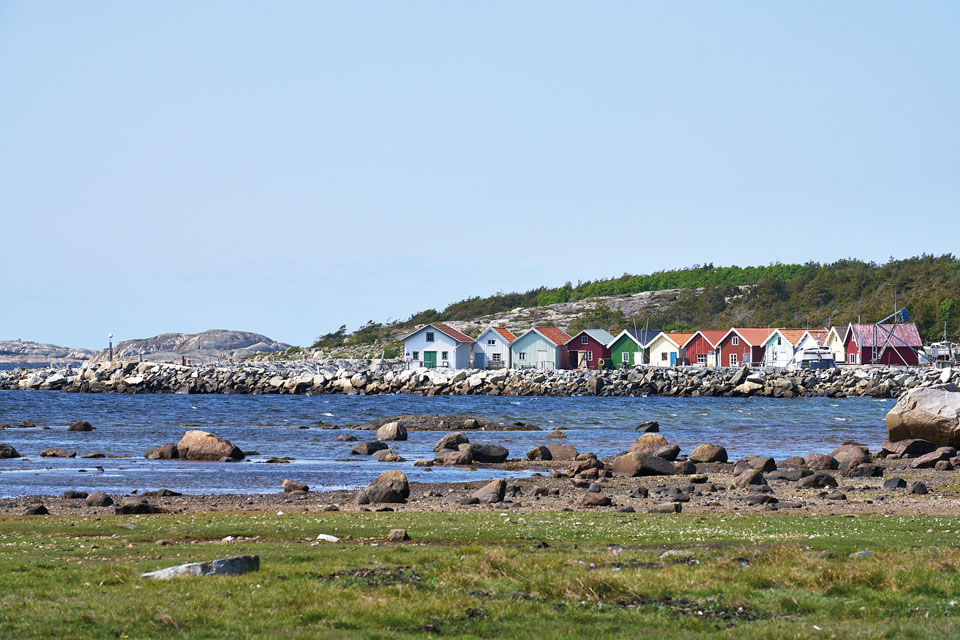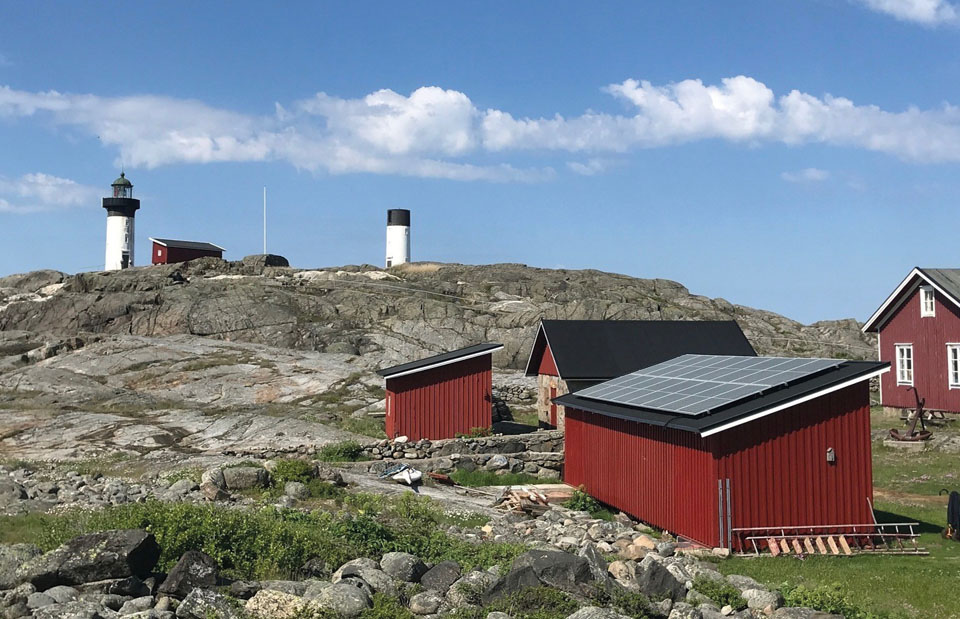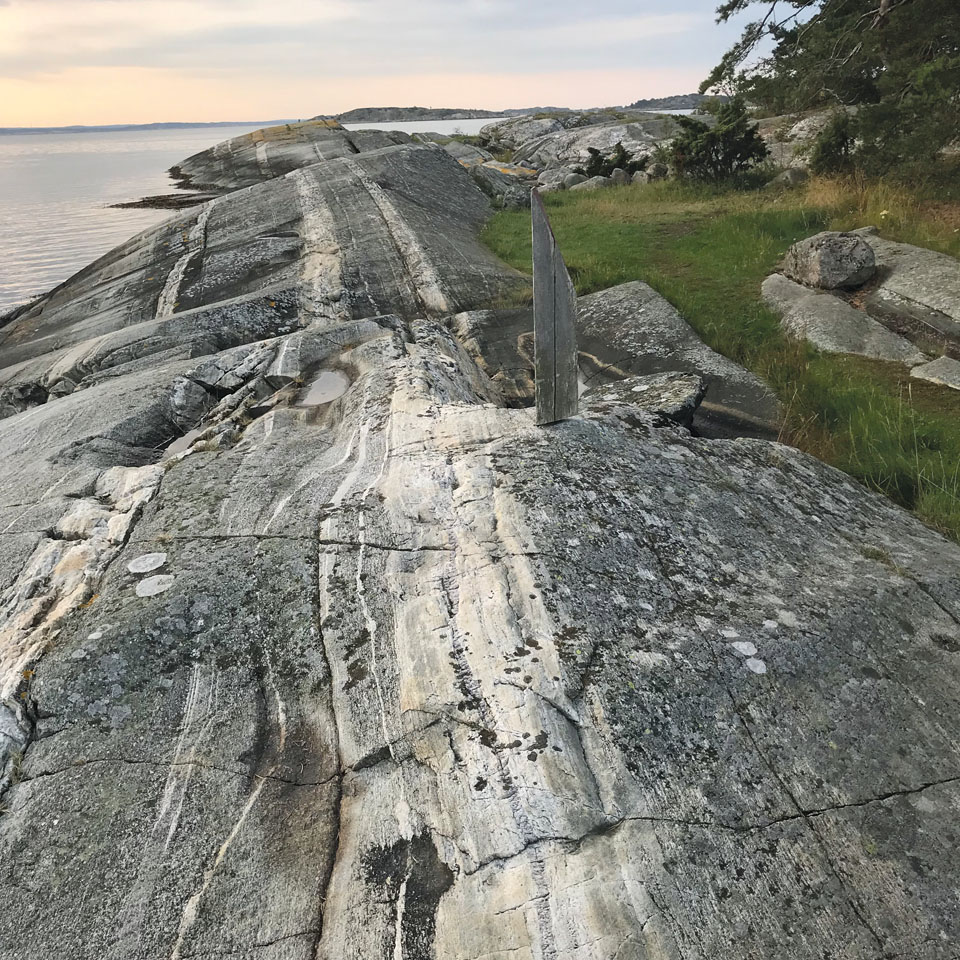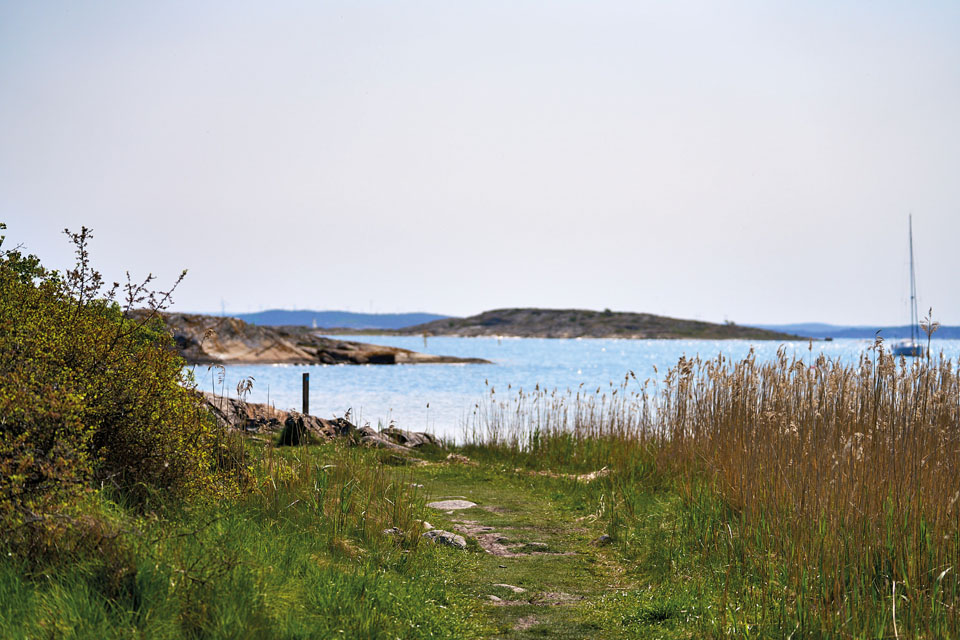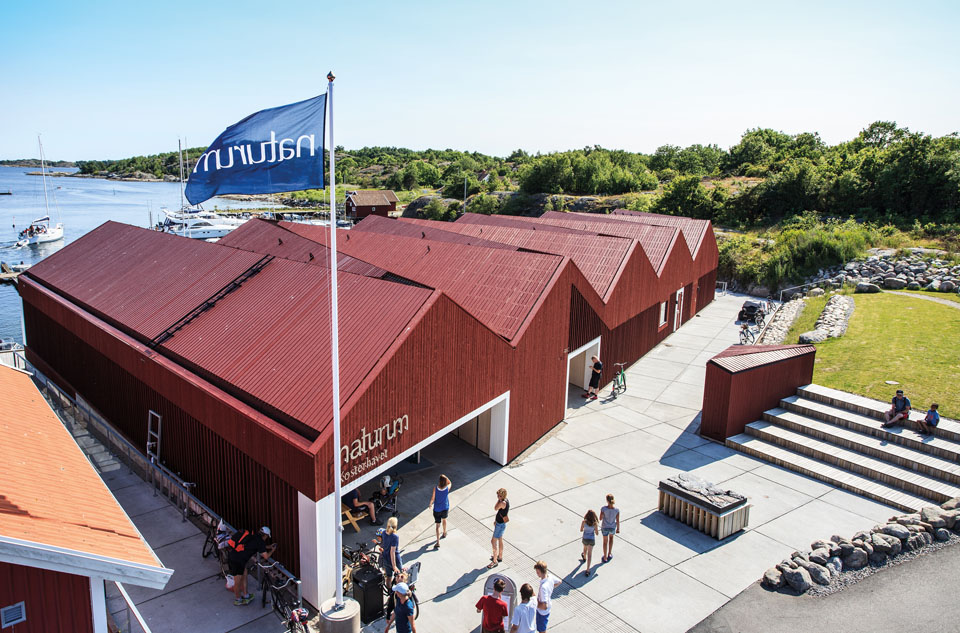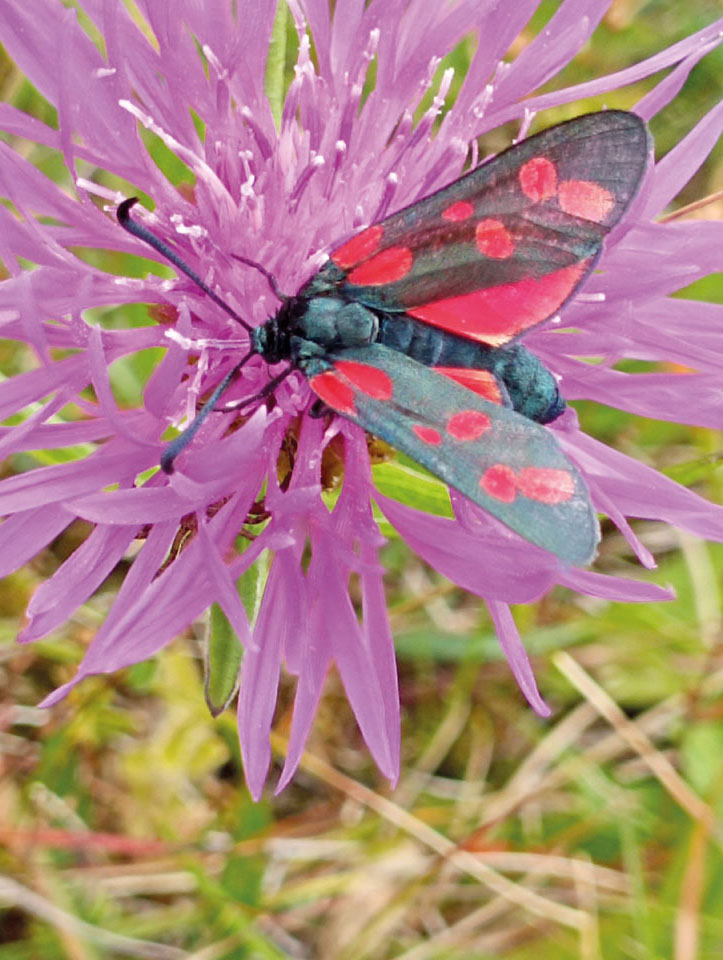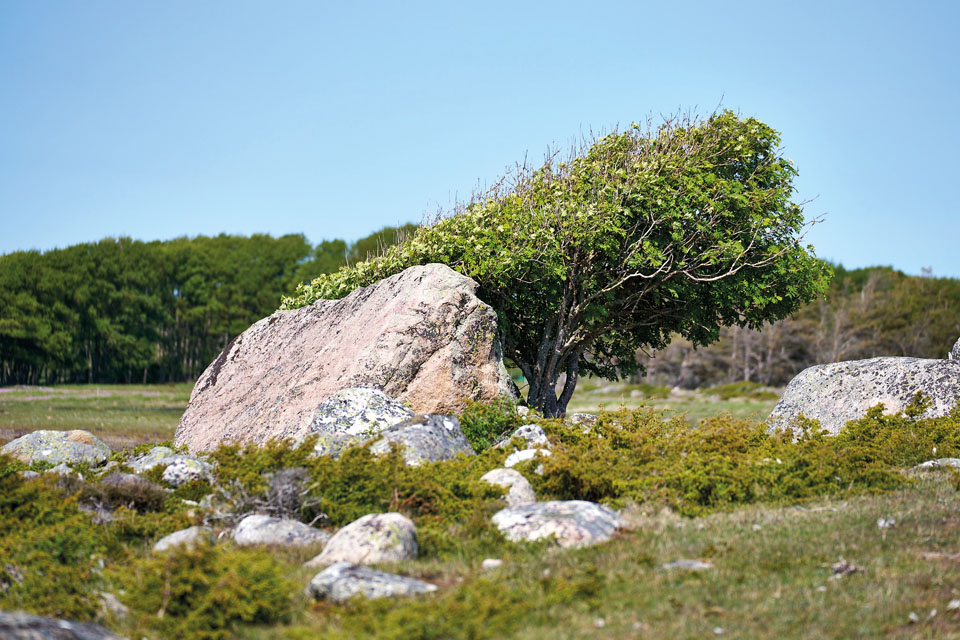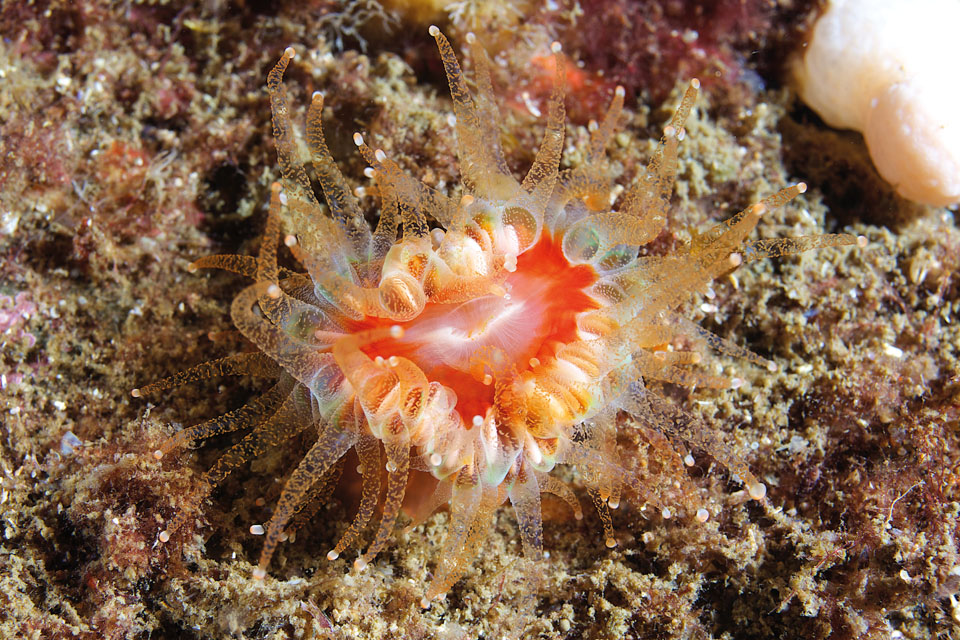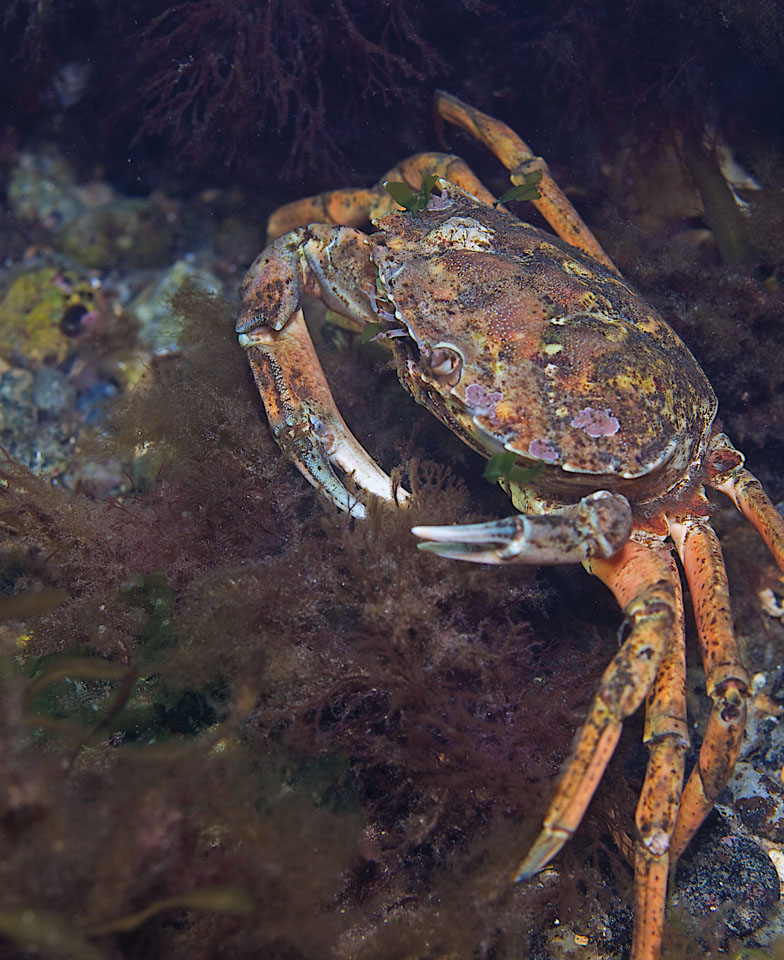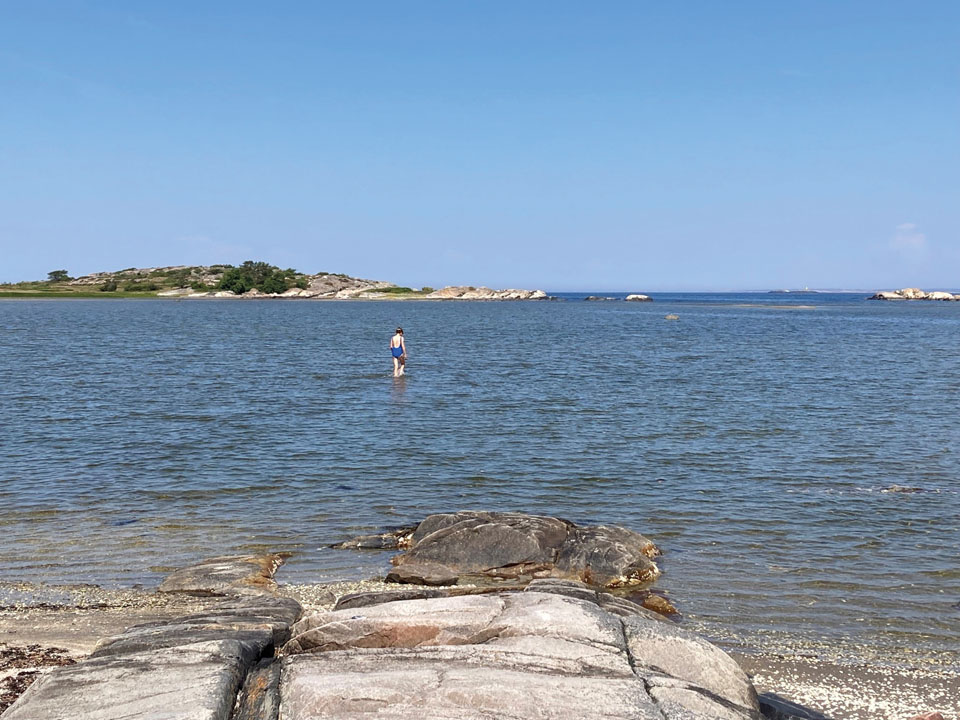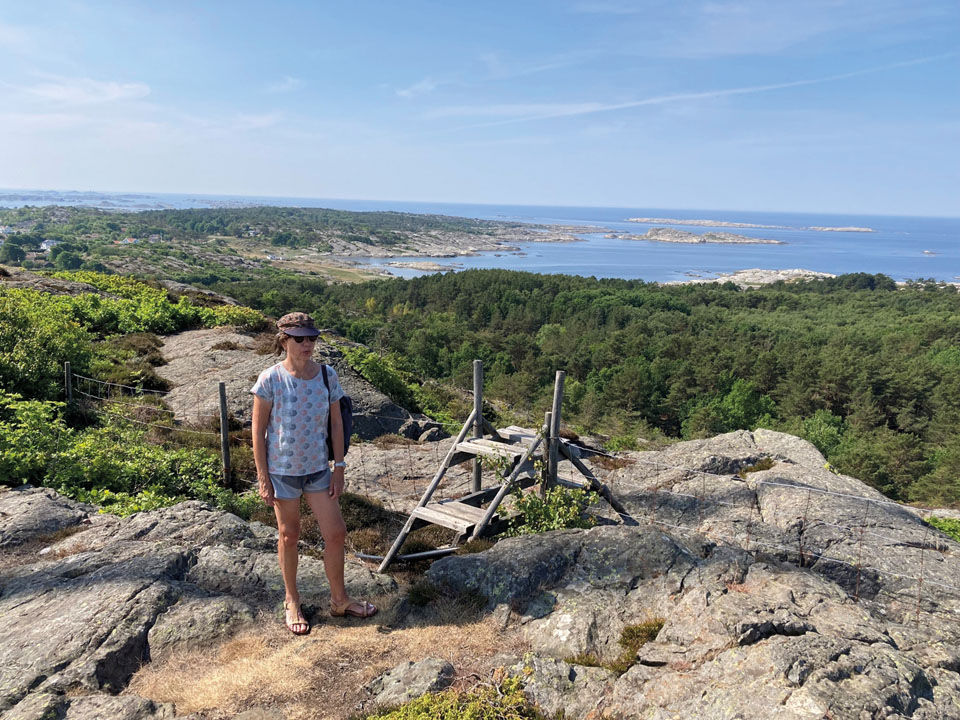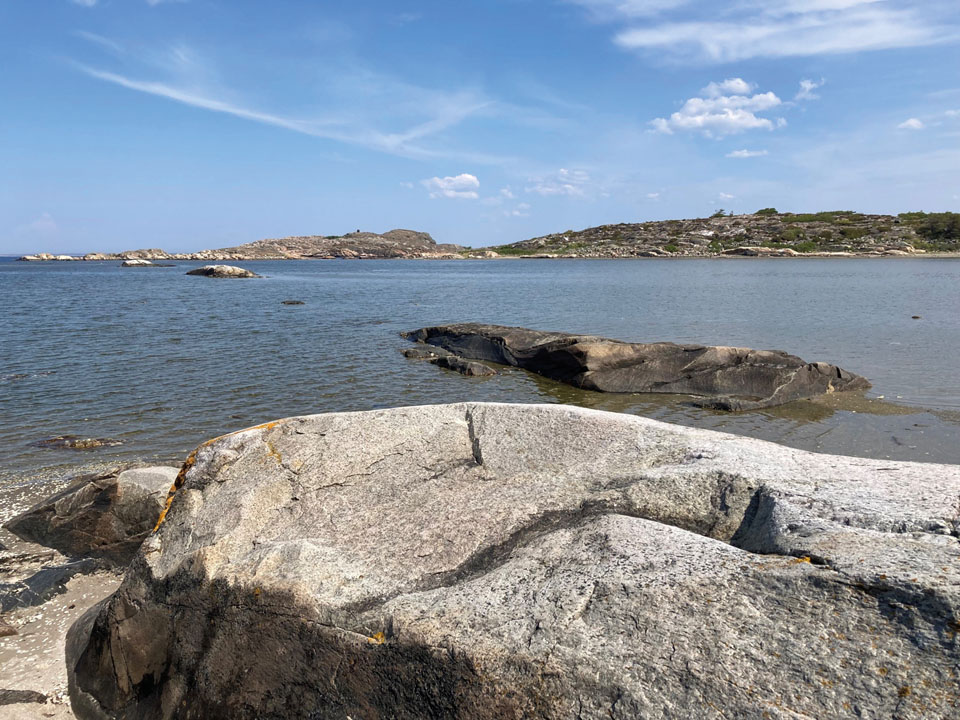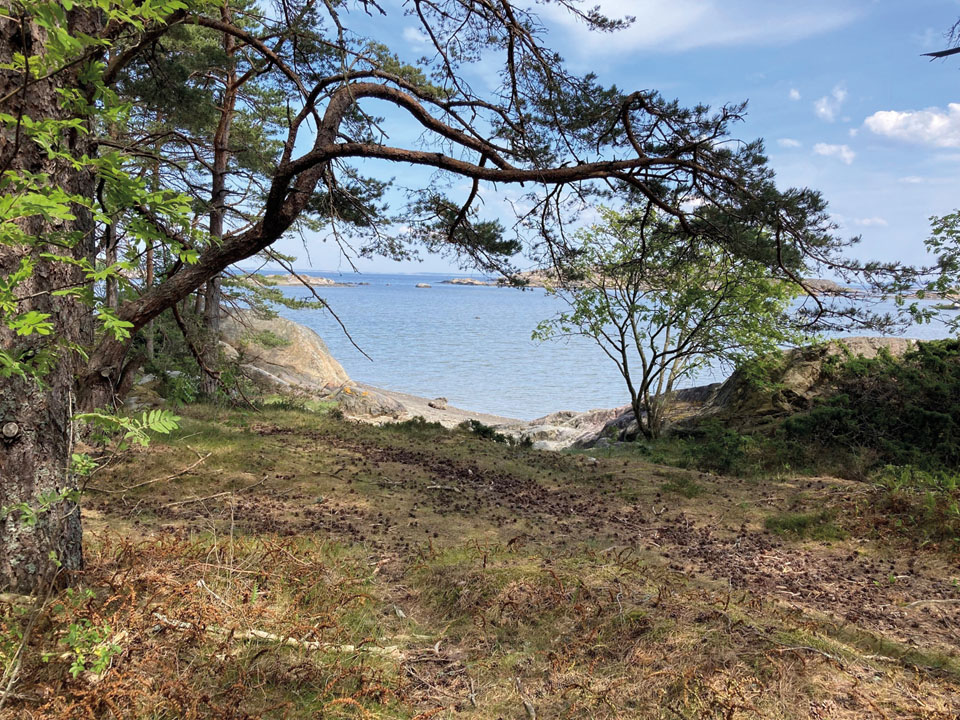Your Local Broker, Internationally
Berthon UK
(Lymington, Hampshire - UK)
Sue Grant
sue.grant@berthon.co.uk
0044 (0)1590 679 222
Berthon France
(Mandelieu La Napoule, France)
Bruno Kairet
bruno.kairet@berthonfrance.fr
0033 (0)4 93 63 66 80
Berthon Scandinavia
(Henån, Sweden)
Magnus Kullberg
magnus.kullberg@berthonscandinavia.se
0046 304 694 000
Berthon Spain
(Palma de Mallorca, Spain)
Simon Turner
simon.turner@berthoninternational.com
0034 639 701 234
Berthon USA
(Rhode Island, USA)
Jennifer Stewart
jennifer.stewart@berthonusa.com
001 401 846 8404
The Koster Islands and a Couple of Lighthouses
By Fredrik Sundberg, Berthon Scandinavia, berthonscandinavia.se – naturvardsverket.se
The Koster Islands are in our back yard, a day’s sail from our offices in Henån on the Island of Orust. They are in the Kosterhavet National Park which covers a massive 38,900 hectares and which we Swedes share with our Norwegian neighbours.
URSHOLMEN LIGHTHOUSE © KJELL HOLMÉR
Aside from their tranquillity and beauty, they are massively bio-diverse and are surrounded by the Koster Sea, Sweden’s most species-rich marine area, with over 6,000 types of mammal and algae. This special place delivers scenic cliffs, hilly landscapes, and lush forests. There are rare and protected plants like the sea poppy and the Koster thistle, also called the Martagon Lily. The fungal flora is also very special and includes species like the coral fungi and earthstars.
It is paradise for everyone who loves birds with seabirds and migrating waders in abundance during autumn and spring. The place is home to eiders, mute swans, various types of gulls and terns, and sometimes, even sea eagles. As far as those with 4 feet are concerned, the islands are home to moose, foxes, roe deer and hares.
Beneath the water’s surface, there is a vibrant community of crabs, lobsters, shrimps and fish swimming amongst kelp forests and swaying eelgrass meadows. The Koster Fjord has a maximum depth of around 247 metres and runs right through the National Park providing a habitat for many rare underwater species. The waters are clear and clean providing a home for over 200 types of seaweed, kelp and algae.
SEAWEED © NATURVÅRDSVERKET
THISTLE BUTTERFLY © NATURVÅRDSVERKET
UNDERWATER LIFE © LARS-OVE LOO
Cruising to Koster Islands
If you are thinking of cruising our waters, put the Koster Islands on your bucket list and take the time to experience both the archipelago and the sea. There are hidden coves, straits and open water to explore, as well as gneiss and granite rocks in extraordinary formation. You will be assured of a warm Swedish welcome on the islands themselves. You will also find Ursholmen’s twin lighthouses. These two structures have been essential friends to seamen of all hues since 1891.
Ursholmen Lighthouse was first lit on 13th November 1891 to mark the way for seafarers navigating the treacherous waters off the coast of Koster and has been doing so ever since. This site, with its twin lighthouses, provides a crucial beacon in an area where many ships previously foundered and were lost. The lighthouses, along with old residential buildings and storage sheds that in days past were home to the 3 families who lived and worked the lighthouses, create an unmistakable landmark.
However, Ursholmen wasn’t the original lighthouse. Earlier, built in 1849, Nordkoster was Bohuslän’s northernmost lighthouse, again with twin lighthouses and homes for the lighthouse keepers and their families. However, the Nodkoster lighthouses were on such high ground that their lights were sometimes mistaken for stars, and in foggy conditions, their light could be obscured by low cloud, so the search for a more suitable location began.
Outer Ursholmen further west, turned out to be a perfect solution. There was enough space for houses, access to fresh water and a well protected harbour. When the relocation took place in 1891, one lantern was taken from the original lighthouse and the other was brought from Vinga. One of the houses was also moved to become shared accommodation for the lighthouse keeper and his assistant. Once the lighthouse was in operation, a new house was built for the lighthouse keeper, and the original left for his assistant.
BREVIK © NATURVÅRDSVERKET
URSHOLMEN LIGHTHOUSE © ANDERS TYSKLIND
ROCK FORMATIONS © NATURVÅRDSVERKET
COASTAL PATH © NATURVÅRDSVERKET
Life at the lighthouse was less than idyllic. The lighthouse crew worked day and night. Night shifts were divided into two – from sunset to midnight and from midnight to sunrise. The lights could never go out, and during the dark winter months, they shone around the clock. During the day came constant maintenance of the lighthouses and buildings including cleaning lenses and windows, refilling kerosene supplies and checking the small weather station four times a day.
The lighthouse keepers had small gardens to grow potatoes and vegetables – good soil was imported from Koster. They had chickens, pigs, sheep and even a cow. Fishing and hunting, along with the autumn lobster catches, helped fill both the larder and the wallet. Seal hunting provided both skins and oil, as well as extra income through bounty payments.
But all of this changed in the summer of 1965 when Ursholmen Lighthouse was electrified. This meant that around the clock supervision was no longer necessary and so the lighthouse crew left the station and a seventy-year era of living and working at the lighthouse came to an end.
NATURUM KOSTERHAVET © NATURVÅRDSVERKET
‘BASTARDSVÄRMARE’ MOTH © NATURVÅRDSVERKET
BREVIK © NATURVÅRDSVERKET
UNDERWATER LIFE © LARS-OVE LOO
Today, Ursholmen Lighthouse is unmanned, but memories and stories of its history and that of its keepers lives on. The old houses and storage sheds still stand, like silent witnesses to the island’s former life. Although the lighthouse is no longer inhabited, the lighthouses continue to be an important part of the landscape, still serving seafarers as a crucial navigational aid and in keeping them safe.
The Koster Islands offer fantastic food developed by the locals who are used to eating what the sea provides. Oysters, shrimps, crab and many varieties of fish are common ingredients on the menu. These are served with vegetables grown locally on the islands.
In addition to climbing, cycling, kayaking, snorkelling, diving and all sorts of other outside activities, the Kosters also have galleries where local artists exhibit their work and a museum. Arrive at the right time and you will enjoy the Kosterdagarna festival celebrating local culture with music, art and traditional food.
Of course, there are ample places to stay on the Koster Islands and transport is straight forward. It is a special place and one where you need to be sure to leave nothing but your shadow behind so that the abundant wildlife and delicate eco system can be left intact to be enjoyed by the visitors who will come after you. You will find that as with so many of the special places in our home waters and elsewhere on the planet, they are for sure better by boat.
SHORE CRAB © NATURVÅRDSVERKET
Clients Michael and Heike Habon confirm that the Koster Islands are most definitely better by boat – or in their case aboard Dehler 38′ BLUENOSE;
‘We sailed to the Koster Islands on June 15th and moored our Dehler 38′ at the drop-in quai of North Koster with an unobstructed view of the Kostersund from our cockpit.
Although being very hot with temperatures above 30°C, we did both trails of North Koster and it was worth doing it. We were impressed by the variety and beauty of the nature reserve.
Among many other gorgeous sites one of our favourite spots was Högen hill with its two lighthouses from were you have an incredible view of the Koster archipelago to the one side and the Norwegian coast to the other. In the very north we found pine woods reaching down to granite bordered lagoons with amazing beaches where we took a highly welcome refreshing bath.
We recommend staying for two nights to have enough time to explore the nature reserve by the well-marked hiking trails.’
© MICHAEL & HEIKE HABON
Read Another Article
Download the Berthon Book 2023-2024 XIX (21.3MB)
